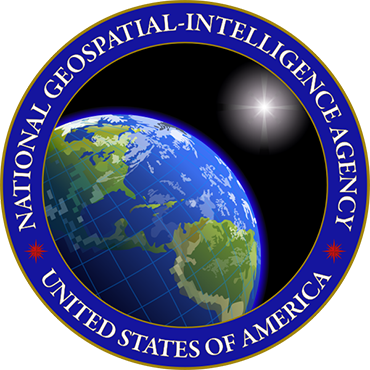NGA sees urgency in harnessing commercial geoint capabilities

At a Nov. 16 small satellite workshop at NGA headquarters, Director Robert Cardillo said his agency must hitch itself to the explosion in commercial geospatial capabilities.

Like others across the intelligence community, the National Geospatial-Intelligence Agency took the Nov. 13 terrorist attacks in Paris personally.
"Because we exist to secure our nation and our allies, Friday night was a failure," NGA Director Robert Cardillo told reporters Nov. 16 at the agency's headquarters in Springfield, Va.
Cardillo said he had hosted his French counterpart for a meeting less than two weeks before the coordinated assault by Islamic State-backed terrorists on the French capital, which left at least 129 dead. The attacks have spurred the NGA to look for new ways to strengthen its already-robust relationship with French intelligence officials, Cardillo added.
"Clearly, [the] adversary has gone and is going to school against our capabilities," he said. "They're learning to operate…and to plan and to execute these heinous attacks in ways that stay under our ability to detect [them]."
The Paris attacks were an inevitable undercurrent to NGA's Small Satellite Workshop day, a long-planned event that focused on how the intelligence agency could leverage a surging commercial GEOINT market.
In his 13 months as director, Cardillo has made a series of policy moves intended to harness an explosion in commercial geospatial data and more rapidly deliver IT capabilities at the agency. The agency in February merged its CIO and IT services functions in a bid to better implement an intelligence community-wide IT architecture.
Last month, the NGA rolled out its commercial strategy, which gushed at the "sheer numbers of commercial satellites and satellite operators, [which] will increase the collective resiliency of overhead architectures."
Yet despite the rise of commercial geospatial technologies, Cardillo said there will always be some capabilities that are the exclusive province of government agencies. Monitoring Iran's adherence to its nuclear agreement with world powers is not about to become a commercial business, he said.
Cardillo said he did not have a target for acquiring a certain amount of small satellites, and that he was more interested in qualitative, not quantitative, measures of the new commercial strategy's success. "My gut tells me there'll be very little acquiring," and more emphasis on NGA interfacing with commercial satellites and tapping their data streams, he said.
A panel discussion later in the day illustrated the regulatory challenge before government agencies keen on acquiring small satellites.
"We're not going to go invest [in a] long-term program of record until we have an established requirement [for such satellites], and we're just not there yet," said Tom Webber, director of the Space and Strategic Systems Directorate at the Army Space and Missile Defense Command.
The all-day workshop also included some NGA personnel news. The National Security Council's director of space policy, Chirag Parikh, announced that in the "not so distant future," he will leave the White House to head the NGA's Source Strategies Office.
NEXT STORY: Marine Corps CIO seeks to cordon off network


